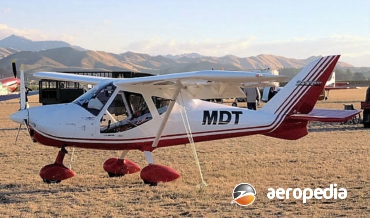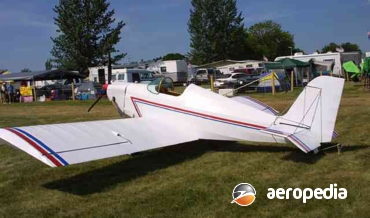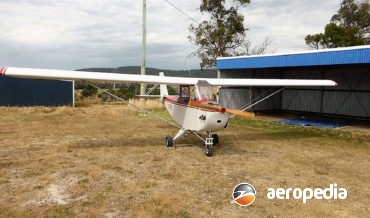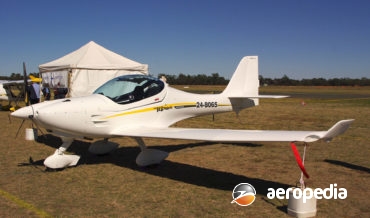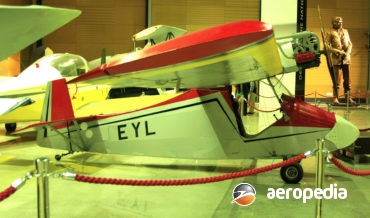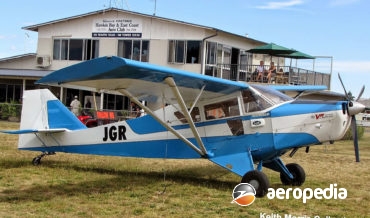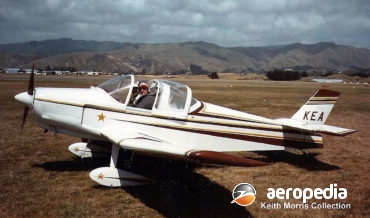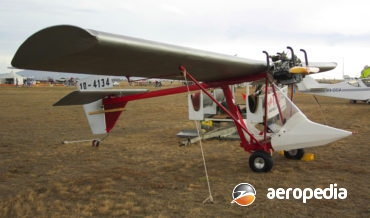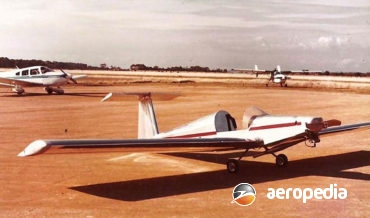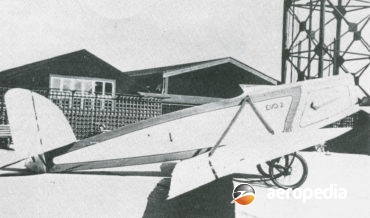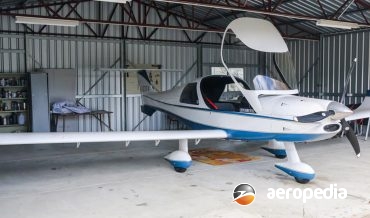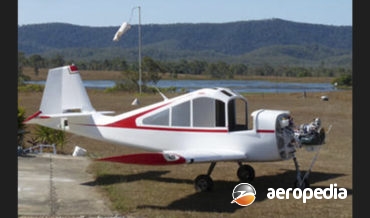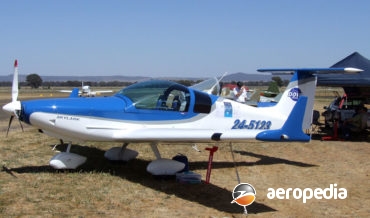All Contents
Contents
This series of aircraft originated from a design by James Bede, the well known American designer of aircraft for amateur constructors.
David C. Eyre
- May 8, 2019
Designed to supplement the two-seat AA-1 Yankee series of aircraft, the AA-5 Traveler series was a four-seat variant which, although similar in appearance to the earlier models, had been extensively re-designed structurally to take the extra load of two more passengers, and the more powerful 112-kw (150-hp) engine.
David C. Eyre
- May 8, 2019
The Cougar was an intermediate design between the high-performance, singleengine, light aircraft and the then current light twins. Designed and developed by the Grumman American Company, production was carried out by Gulfstream America, the prototype was flown for the first time on 20 December 1974, and the first production aircraft
David C. Eyre
- May 8, 2019
The Grumman Ag Cat was designed by Joseph Lippert and Arthur Koch for agricultural work, having been perceived by the Grumman Corporation as an aircraft that would meet the growing agriculture market.
David C. Eyre
- May 8, 2019
The Gee Bee series was designed by the Granville brothers (Zantford, Mark, Robert, Edward and Tom) solely for air-racing in the United States, this being very popular in the late 20’s and early 30’s, these races including the Thompson Trophy Race, the Cleveland National Air Races, the Bendix Trophy
David C. Eyre
- May 8, 2019
The Gray Monoplane was designed by William Herbert Gray of Parramatta, NSW, a self taught engineer who, in 1928, designed and commenced construction of his own monoplane.
David C. Eyre
- May 8, 2019
For some years Gippsland Aeronautics (formerly Latrobe Valley Aviation Services) was involved in rebuilding the Piper PA-25-235 Pawnee agricultural aircraft.
David C. Eyre
- May 8, 2019
Bennett Aircraft Corp was formed in Texas in 1940 to develop and build, using a new material known as Duraloid, a series of light aircraft
David C. Eyre
- May 8, 2019
The Goair Trainer was a relatively new venture into the trainer / light touring aircraft marketed by an Australian company, Goair Products based at Bankstown, NSW.
David C. Eyre
- May 8, 2019
Yves Gardan, the designer of the Horizon series of light monoplanes, was well known in France as the designer of the CAB Minicab, Supercab, and other aircraft.
David C. Eyre
- May 8, 2019
The ST.4 was aimed at the market for a light transport feeder liner and for operation by private owners, being a twin-engine light low-wing monoplane with Pobjoy radial engines.
David C. Eyre
- May 8, 2019
In about 1930 the Monospar Wing Co Ltd was set up to build a new design of wing for the British Air Ministry, the new wing being fitted to a three-seat low-wing monoplane named the Monospar ST-3.
David C. Eyre
- May 8, 2019
Following the success of the earlier models General Aircraft produced the ST.12. This was a progressive development of the earlier models and was introduced to the market in 1935, being described as a four-seat general purpose monoplane.
David C. Eyre
- May 8, 2019
The Funk Aircraft Company was formed in 1941 by twin brothers, Joe and Howard Funk, in association with William and K Ray Jenson, taking over the assets of Akron Aircraft Incorporated which was set up at Akron in Ohio for the Funk brothers by local business men in 1937
David C. Eyre
- May 8, 2019
The Foster Wikner Wicko was designed in 1936 by Geoffrey Neville Wikner as a low-cost light aeroplane for private and club use
David C. Eyre
- May 8, 2019
The RJF-2 is a light high-wing sporting monoplane with a pusher engine designed and built by Mr Robert Francis
David C. Eyre
- May 8, 2019
Flown for the first time on 12 August 1965, the first production Aero Subaru followed three years later on 4 December 1968
David C. Eyre
- May 8, 2019
Over the years in order to reduce the operational cost of operating an agricultural aircraft operators have fitted a number of engines to the type and these have included converted motor vehicle and truck engines These have included the following
David C. Eyre
- May 8, 2019
Since it was introduced to the agricultural industry in the 1950s the FU-24 series has seen a lot of development
David C. Eyre
- May 8, 2019
The FU-24 was one of three designs by John Thorp for the Fletcher Aircraft Corp of El Monte, California, as the Thorp T15, the FU-24 Utility was adapted for aerial agriculture operations in New Zealand The prototype (N6505C – later ZK-BDS – c/n 1) was flown for the first time
David C. Eyre
- May 8, 2019
The MD-3 Rider was designed by Jaroslav Postal, the prototype [OK-JUR-06] being flown at Kunovice in the Czech Republic on 25 February 2004, being followed by the first production aircraft [OK-JUR-17] on 7 August that year
David C. Eyre
- May 8, 2019
The Avenger is part of a range of ultra-light aircraft produced by Fisher Flying Products of Edgeley, North Dakota in the US and is a single-seat monoplane with a Rotax engine of 30-kw (40-hp) but engines ranging up to 48-kw (65-hp) may be installed
David C. Eyre
- May 8, 2019
The FP-303 was designed by Fisher Flying Products as a low-cost ultralight, being designed by Fisher’s chief engineer as an ‘inexpensive yet a joy to fly, aircraft
David C. Eyre
- May 8, 2019
The FP-606 Skybaby was designed in 1986 to comply with the then FAR 103 Ultralight Vehicles category for light sporting aircraft, the category allowing a maximum empty weight of 115 kg (254 lb)
David C. Eyre
- May 8, 2019
B & F Technik Vertriebs GmbH was founded in 1990 by two students, Otto and Peter Funk who set up a facility at Hofheim, moving later in 1995 to Speyer
David C. Eyre
- May 8, 2019
The Scooter was designed by Mr K Flagor in July 1965 as a small ultra-light sporting monoplane for construction by amateur builders
David C. Eyre
- May 8, 2019
The F-12 series was developed from the F-11 series which in turn was developed from the Jodel D-11The F-12 had an enlarged cockpit, simplified fittings and aerodynamic improvements which improve the aircraft’s stall characteristics
David C. Eyre
- May 8, 2019
The Fawcett 120 was a high-wing, all-metal monoplane designed by Luigi Pellarini in 1953 and built by Fawcett Aviation Pty Ltd of Bankstown, NSW
David C. Eyre
- May 8, 2019
As noted with the Fairchild 24W, the Model 24 series of three / four seat cabin monoplanes was introduced to the American market in 1931 by Fairchild Airplane & Engine Corp of Hagerstown, Maryland and became popular over the years, with some 17 different models being produced
David C. Eyre
- May 8, 2019
In the 1920s Sherman Fairchild was involved in the business of aerial photography and survey work, and found the aircraft available at the time not meeting his requirements
David C. Eyre
- May 8, 2019
The Maranda is one of a series of homebuilt designs produced by Falconar Avia Ltd of Edmonton, Alberta, the company’s designs including modern versions of the Mignet Flying Flee, variants developed from and similar to the Jodel D-11 series, and a scale P-51 Mustang
David C. Eyre
- May 8, 2019
The F-11, known as the ‘sporty’, was designed by Christopher Falconar in Canada for amateur builders and is built by Falconar Avia at Edmonton in Alberta and supplied in kit form or as plans
David C. Eyre
- May 8, 2019
The Eastwood Tyro Mk II is a three-axis control rugged ultra-light aircraft designed and built by Geoffrey Eastwood for operations under the Australian ANO 95-10 regulations.
David C. Eyre
- May 8, 2019
The prototype of the EA-100 was flown in 2007 and was fitted with a 75-kw (100-hp) Rotax engine but, following the placement of the type in production a number of engines became available to meet customer requirements, these including the Subaru 115FL, Rotax 912 ULS, Rotax 914 turbo and the
David C. Eyre
- May 8, 2019
The Macro was a single-seat open-cockpit all-metal low wing monoplane designed by Alan Clarke and marketed by Elite Aircraft of Mulgrave, VIC in the 1980s.
David C. Eyre
- May 8, 2019
Brothers Arthur, Ronald and Ernest Everson built a small aircraft in about 1929, known as the Evo I, this being a simple high-wing glider-like design powered by a four-cylinder Henderson converted motor cycle engine, the aircraft being taken to the Mangere Speedway on 10 July 1929 but it crashed on
David C. Eyre
- May 8, 2019
The Harmony is a sister aircraft to the Sportstar series (marketed in the United Kingdom as the Eurostar) and shares many of the design features of that type.
David C. Eyre
- May 8, 2019
The Dyn Aero MCR Ute Pickup was designed and put into production in France as a two-seat cabin monoplane, being a development of a four-seat variant with the rear seats removed to permit the carriage of more cargo.
David C. Eyre
- May 8, 2019
This was a machine designed and built in Australia. It is a low-wing sporting monoplane developed in Queensland using the fuselage basically of the Foxcon Terrier 100, which has been developed and produced at Mackay and provided in kit form, lengthening it, making some other changes to meet the needs
David C. Eyre
- May 8, 2019
The Skylark is one of the new light aircraft designed to meet US LSA requirements. It was designed in Canada and is manufactured in the Czech Republic.
David C. Eyre
- May 8, 2019
Recent Comments
Archives
Categories
- No categories
Categories
- No categories
Latest Posts
Newsletter

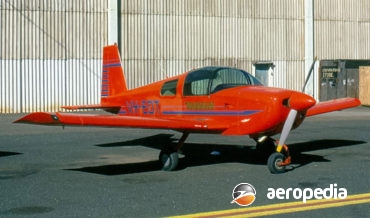
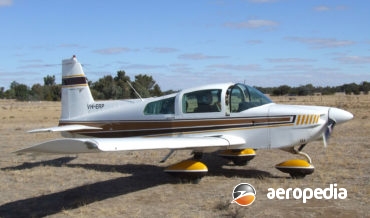
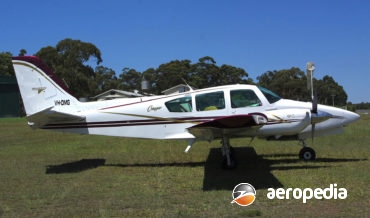
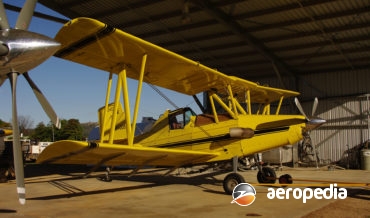
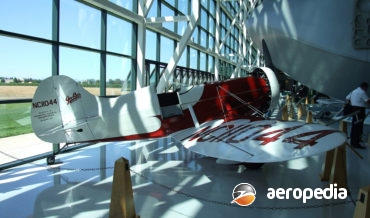

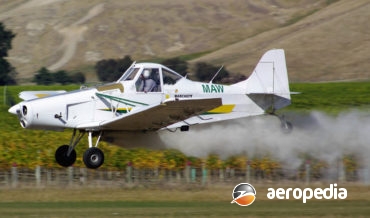
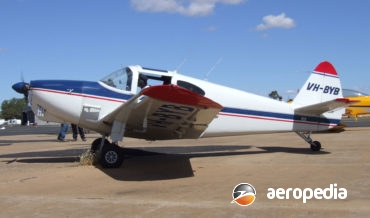
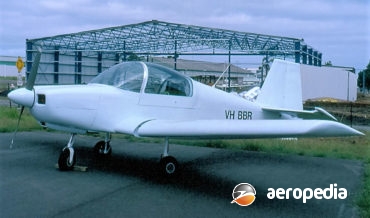
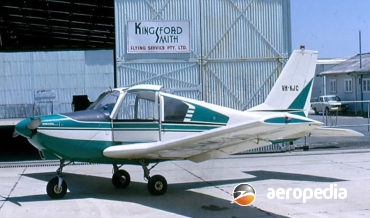

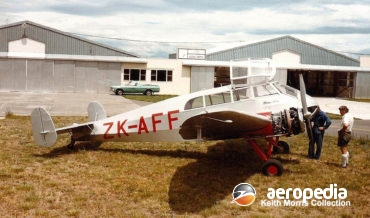
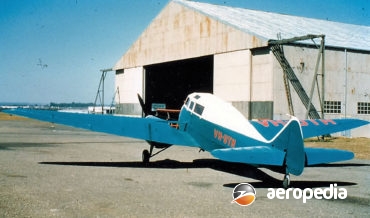
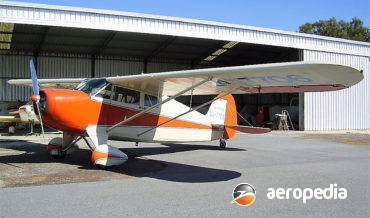
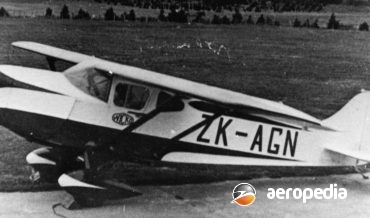
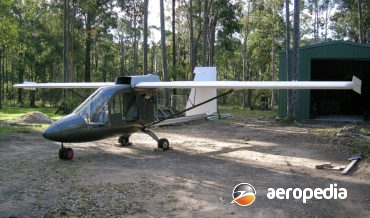
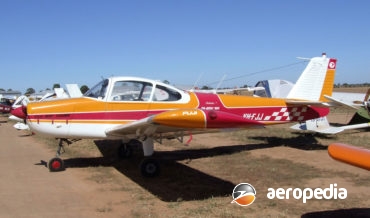
![FLETCHER FU-24 [ENGINE CONVERSIONS]](https://aeropedia.com.au/wp-content/uploads/2019/05/Fletcher-FU-24-engine-conversions-Aeropedia-The-Encyclopedia-of-Aircraft-Australia-New-Zealand-370x218.jpg?v=1588645299)


